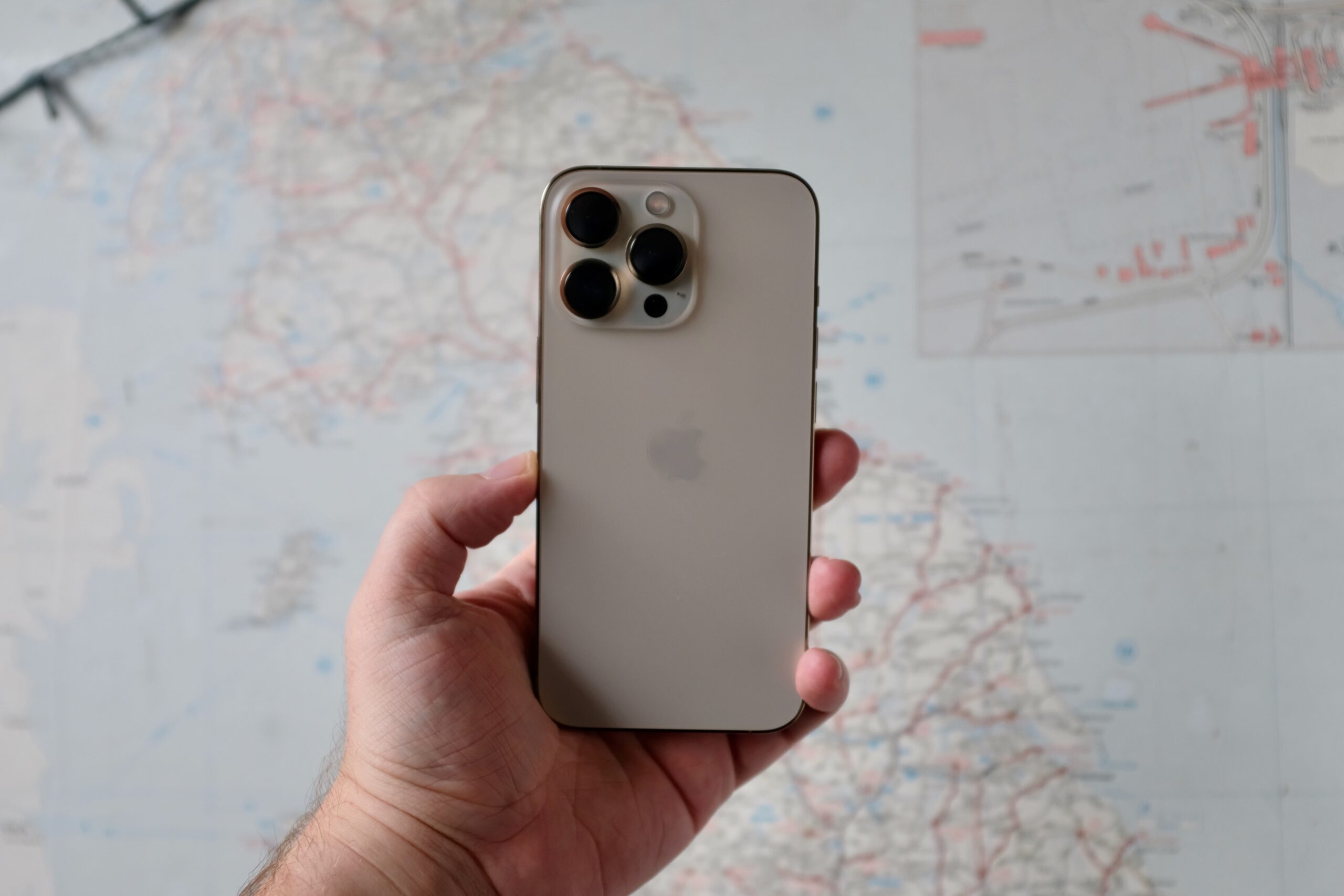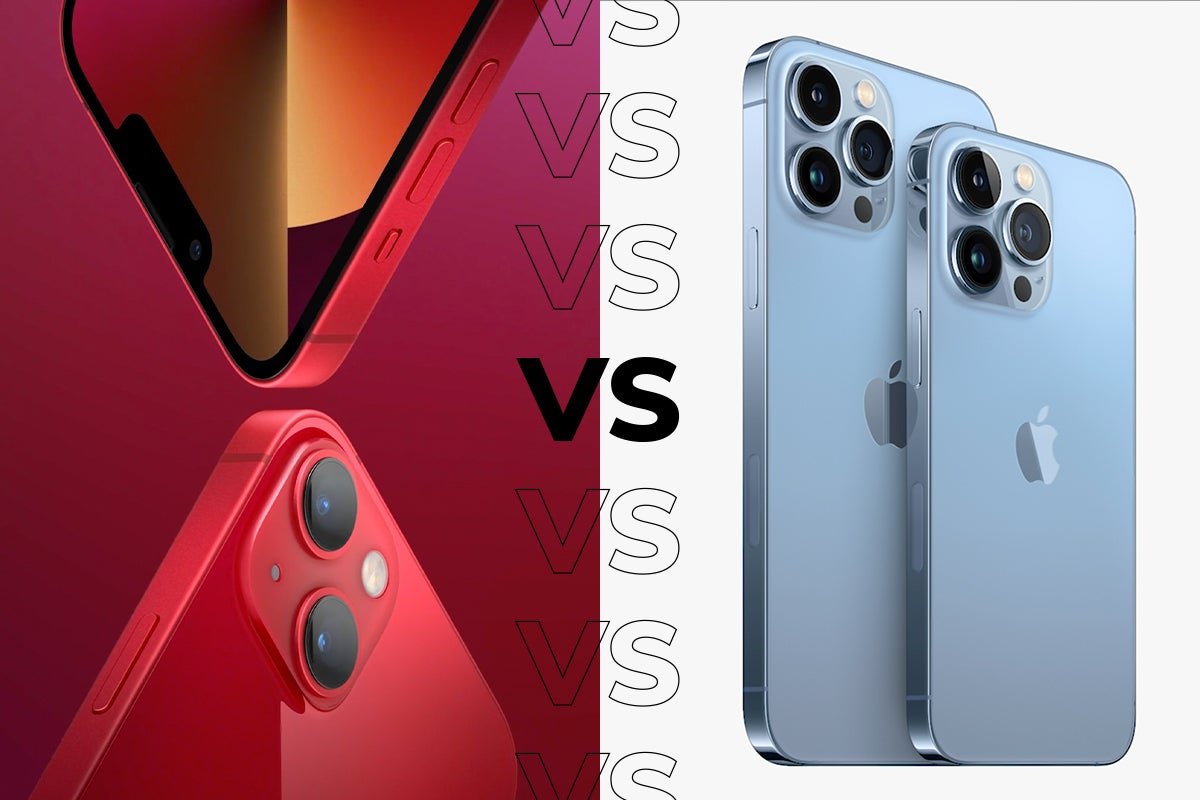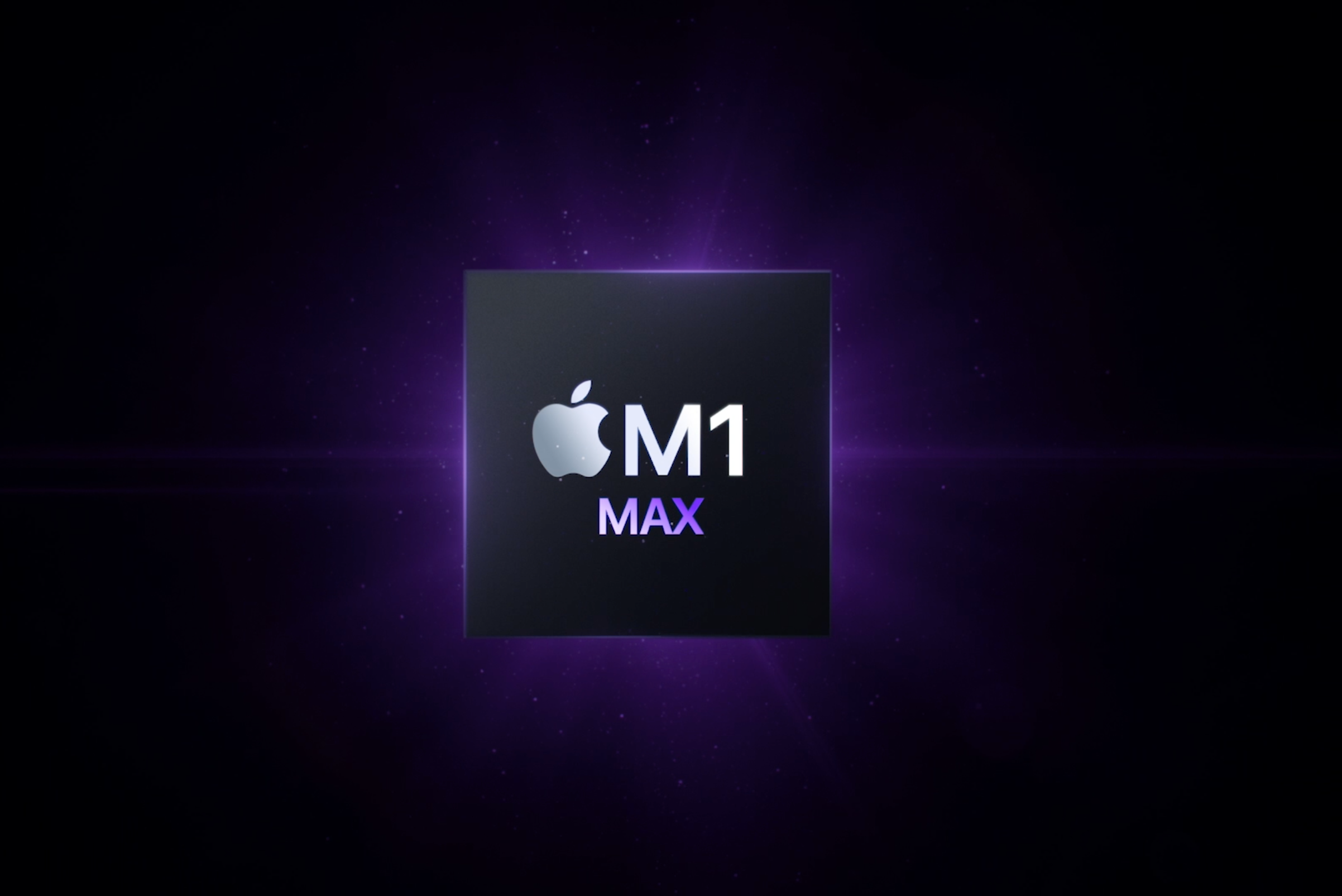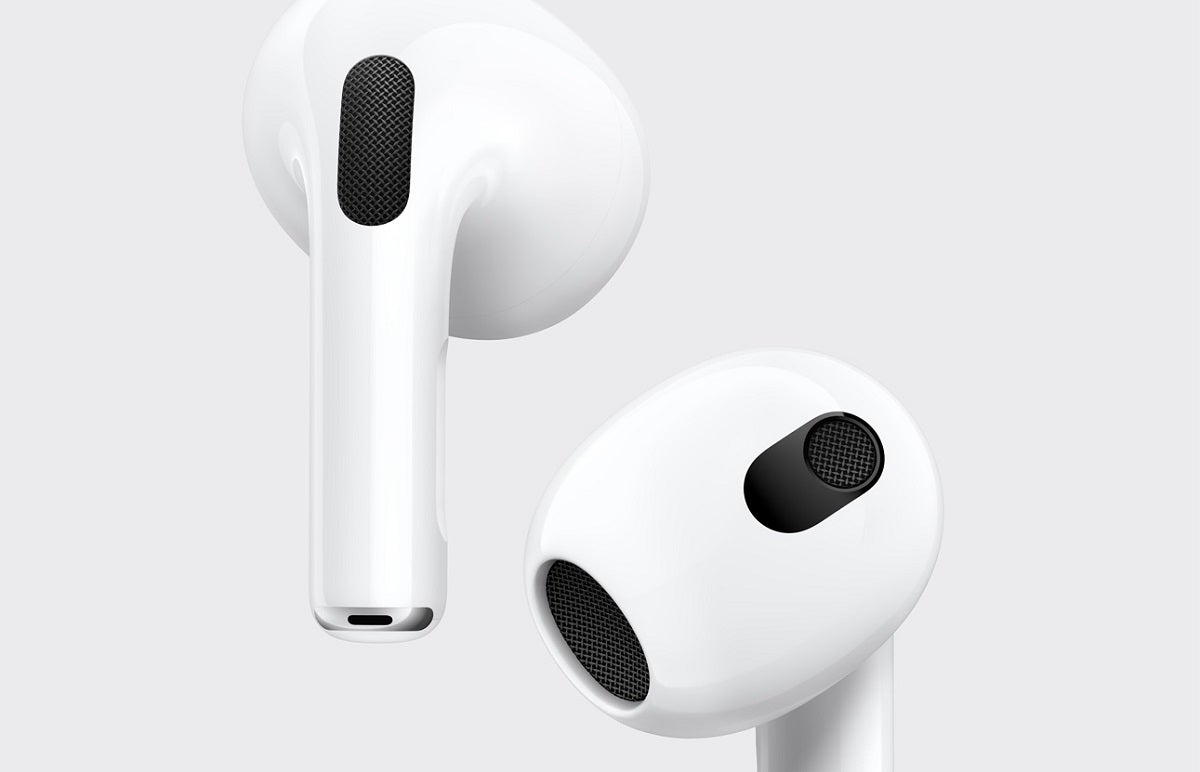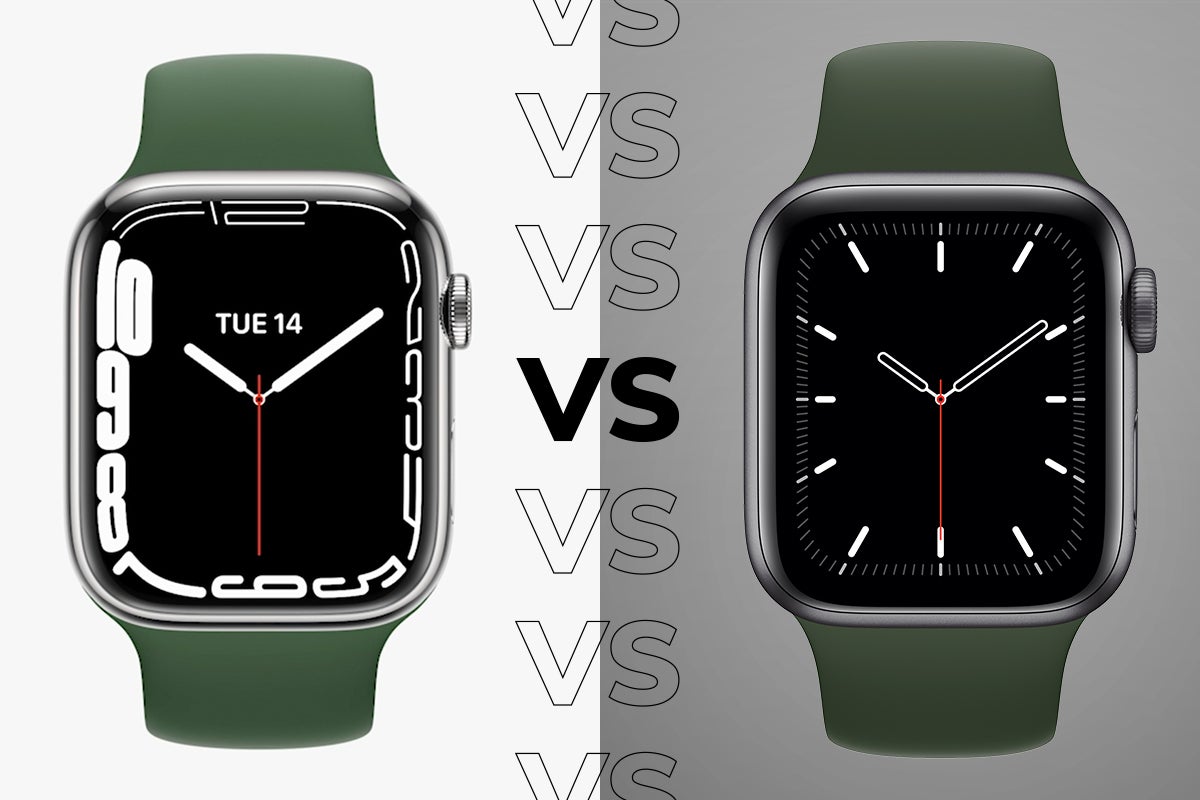iPhone 13 vs iPhone 12: Should you upgrade?
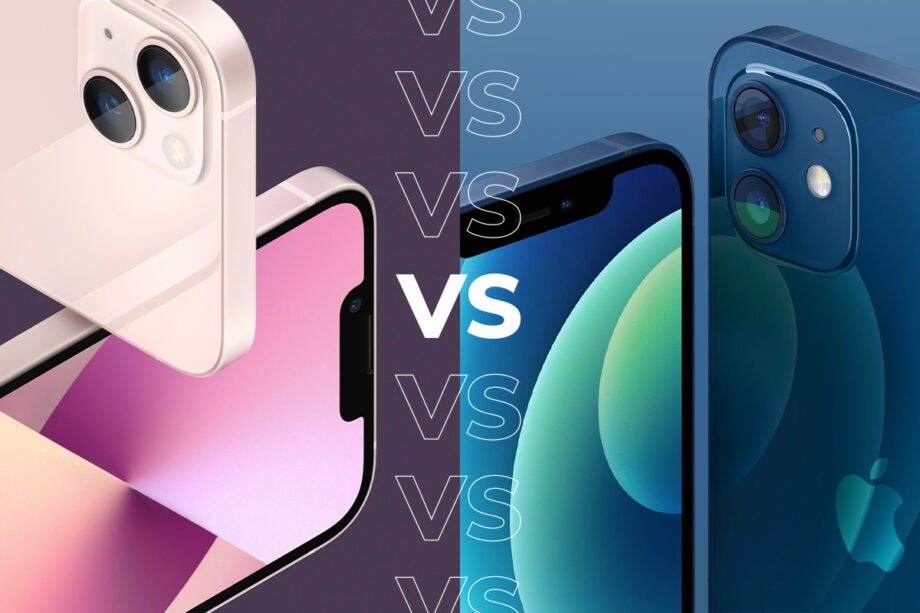
Apple has unveiled its next round of devices in the form of the iPhone 13 series. But how does the new model compare to the iPhone 12?
We knew it was coming and we weren’t disappointed. During Apple’s California Streaming event we got the official reveal of the latest iPhone.
As many rumours and pre-launch speculation had suggested, the iPhone 13 isn’t a radical leap forward – at least not on paper. Instead it’s a smaller update that tweaks certain parts and adds a number of the most obvious missing skills of the iPhone 12.
If you’re wondering whether it’s worth upgrading your already pretty excellent iPhone 12 to the newer model then you’ve come to the right place. Here we’ll compare the specs and features of the devices – for a deeper look remember to check back once we have fully reviewed the new phones for our final verdict.
Price
When the iPhone 12 debuted last year it retailed for £799 for a 64GB model. With the iPhone 13 that price has dropped to £779 for 128GB of storage.
Camera
One of the biggest areas of improvement with the iPhone 13 is its camera array. While the megapixel count still stands at 12 and there remain two sensors (you’ll need the Pro for the third) there are plenty of updates.
For one, there’s the same sensor-shift stabilisation we first saw on the 12 Pro Max. There’s also a new f/1.6 lens along with larger pixels inside the wide sensor. All of these benefits should seriously improve low-light photo performance.
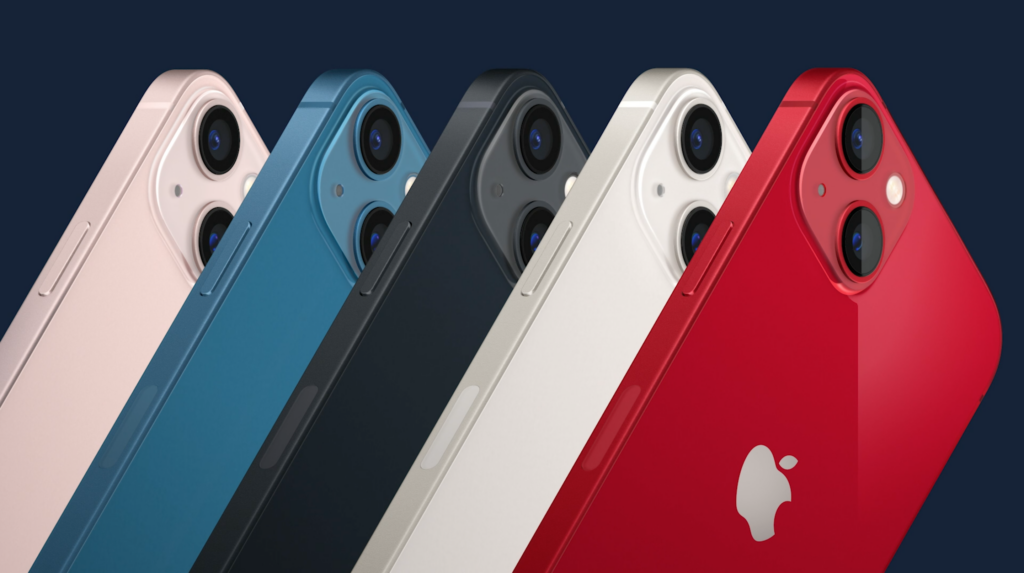
Next up there are new video features. Cinematic Mode headlines these new additions and will let you add some Hollywood glam to your videos with auto-tracking, panning and zooming.
Battery
Judging improvements to battery life can often be hard at this stage as we haven’t properly reviewed these new devices yet.
Apple does say the iPhone 13 has a larger battery than the iPhone 12 and more efficient components, though its only endurance claim is all-day battery life.
Charging is still done via the Lightning port and there is support for the MagSafe accessories introduced last year. Regular Qi wireless charging remains too.
Screen
There are plenty of similarities between the screens on these phones. Both are OLED panels, measure 6.1-inches and have the Ceramic Shield protection on the top.
With the iPhone 13 you get a notch that’s smaller and a display that’s 20% brighter and can hit 1200 nits in certain video instances.
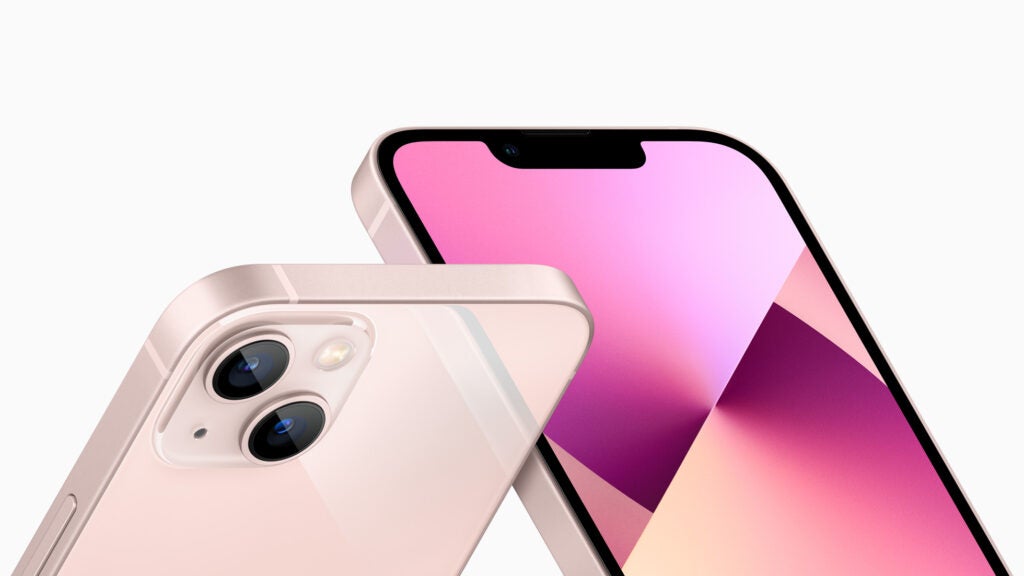
A brighter display is always welcome and should be especially handy for outdoor viewing and HDR video binges. The smaller notch is very much welcome too, even if we would have preferred it to be removed completely.
If you want the new ProMotion 120hz refresh rate you’ll need to plump up for the iPhone 13 Pro.
Specs
Inside the iPhone 13 is the new A15 Bionic chipset, taking the place of the A14 Bionic in the iPhone 12. Both are 5nm chips, however the newer model has more transistors (15 billion to be precise) and an updated CPU, GPU and Neural Engine.
Apple didn’t directly compare the A15 to the A14 during the show, however it did say it was 50% faster in the CPU and 30% faster in the GPU than the ‘competition’. We’ll of course run all our standard benchmark tests when we get the chance to review these phones for ourselves.
The base storage has doubled from 64GB to 128GB which is great, while a 512GB option has been added too.
The iPhone 13 also features more 5G bands than before, giving it wider 5G support in more areas.
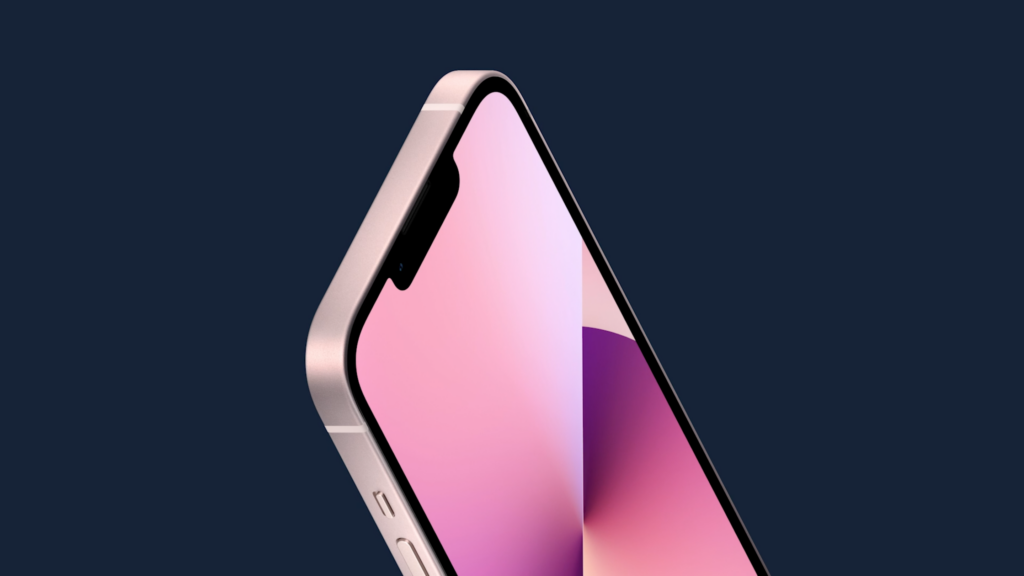
Design
After a big redesign with the iPhone 12, the iPhone 13 was always going to feel very familiar. The biggest differences here are a selection of new colours (pink, red, blue, black and Starlight), a new arrangement for the rear camera and the smaller notch we mentioned earlier.
While the width (71.5mm) and height (146.7mm) are the same, the iPhone 13 is heavier (173g v 162g) and deeper.


